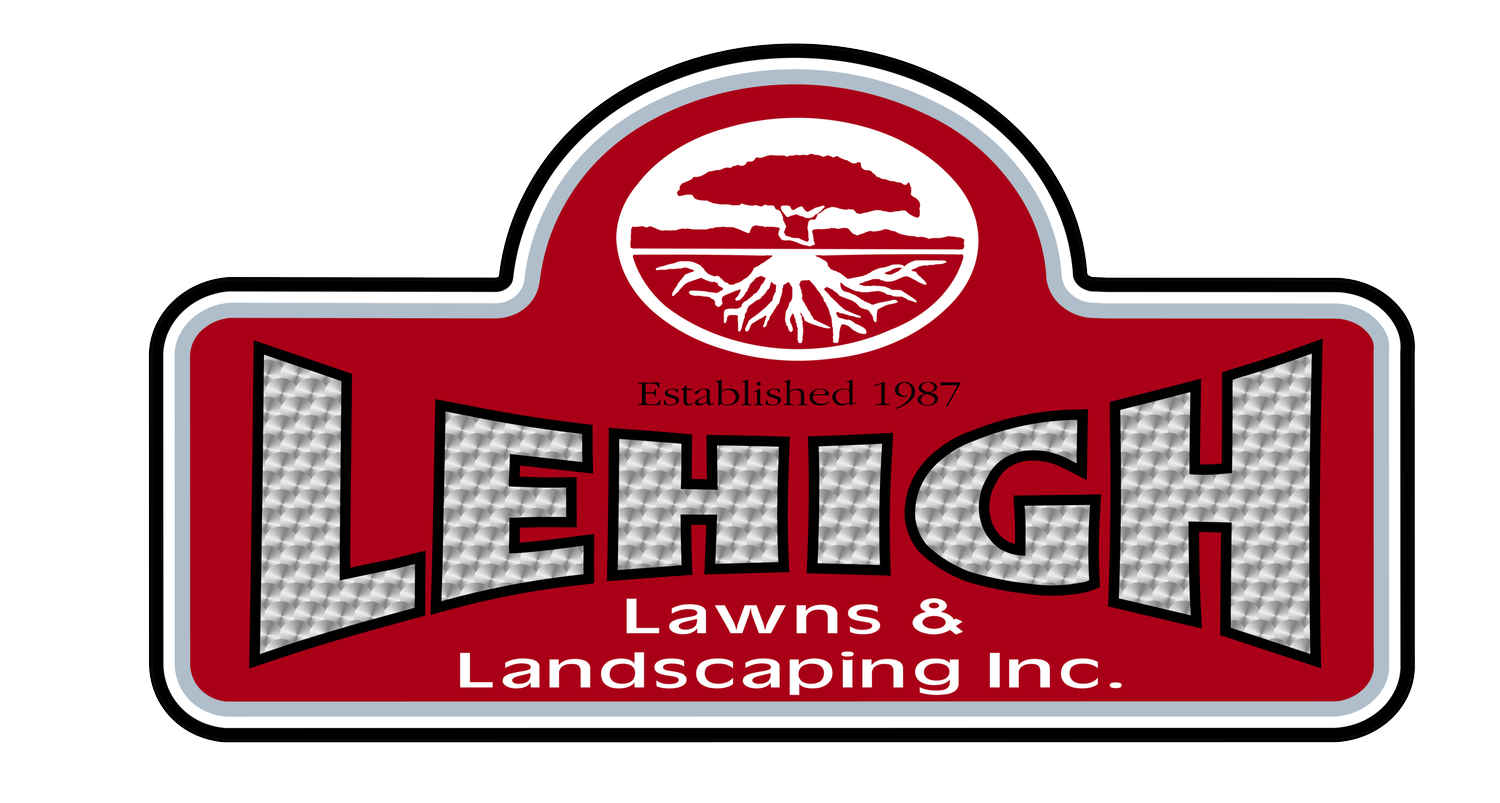Why Lawn Maintenance Doesn't End in the Summer in Hopewell Junction and Poughkeepsie, NY
The growing season is of course the busiest time of year for lawn care companies: grass - and weeds - are growing fast, and summer temperatures may be causing stress to your lawn. Lawn care professionals work hard through the summer in order to ensure a lush green carpet you can enjoy all summer. But the work continues all the way until the ground freezes, to help your lawn build reserves for overwintering; and spring care for next year’s growth. Here’s why lawn maintenance doesn’t end in the summer in Hopewell Junction and Poughkeepsie, NY.
Spring
Professional lawn care should begin as soon as possible to address problems that may have arisen in the past few months of the growing season. A representative from the company will assess the lawn’s needs and perform essential soil testing. This measures levels of nitrogen and acidity in the soil, which will determine how quickly and how robustly your grass can grow. Soil testing will set the course of your lawn care; proceeding without it could lead to even more problems. As well, the battle against weeds begins with pre-emergent herbicides.
Late Summer
During summer, stress from weeds, heat, and drought can stress your lawn. Post-emergent herbicides, proper mowing height, and homeowner education about watering are crucial to a thick, healthy lawn. As the growing season passes the halfway point, grass will begin redistributing resources to the root systems. This is evident as the grass suspends growth and starts to dry out from the top down. Your lawn care professionals will gradually wind down mowing appointments and spend more time looking for any diseased or blighted grass. They will try to keep growth going as long as possible through this time by slowly applying fertilizer.
Autumn and Early Winter
As the leaves begin to fall, the resulting debris presents a major hazard for lawns. Dead leaves either dry up in the cool, crisp air or start to decay in a rainy autumn. Any decaying organic material on your lawn will negatively affect the lawn by suffocating it or attracting pests. The fallen leaf debris needs to be removed as soon as possible to allow the lawn to stay healthy; you can choose between removal for a neater look, or mulching, which will help release nutrients into the soil. Meanwhile, the lawn care professionals will continue to apply a slow-releasing fertilizer to help the grass receive nutrients. They may also aerate the lawn before the ground freezes, if it has been compacted by summer drought and foot traffic.
Snow Removal
Keep in mind that snow removed from driveways and walkways should not end up on top of the lawn. The extra weight will compress the snow, suffocating the grass below and causing the melting process to take longer than normal. Instead, use a snow removal service to take the extra snow elsewhere. Allow the snow on your lawn to melt naturally. In some cases, a lawn care company will also offer snow removal services; and while not normally thought of as “lawn care” it’s something to consider, to give your lawn a jump start in spring.
The Early Spring Rush
As soon as the snow melts, it’s time for your lawn care professional to assess the lawn to see what damage it may have sustained during the long winter and create a plan for the growing season. They will aerate and dethatch the lawn and overseed or sod diseased, damaged, or dead grass. Then, they will apply a quickly releasing fertilizer to jump start the grass and get it moving for the new season, as well as pre-emergent weed killer to discourage weeds.

